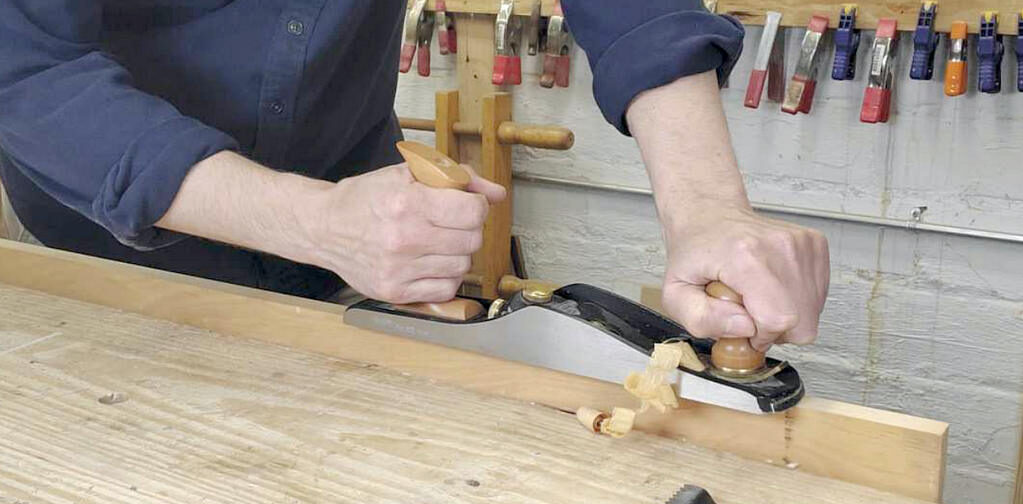I help new woodworkers get started, which means helping them find affordable tools. No tool frustrates beginners more than the handplane. If you need an affordable plane, the options are limited. Many of us are told to find vintage planes by Stanley, Record and other trusted companies. There was a time when buying and restoring these antiques guaranteed a cheap and functioning tool, but many of us live in places where vintage tools are not available. Even if we can find antique tools, prices have leapt up in the last decade, leaving many of these tools out of reach and sending new woodworkers to sites like Amazon and AliExpress in search of a modern alternative.
Lots of new woodworkers buy Stanley’s modern Sweetheart planes. Stanley enjoys a strong reputation and they sell both a No.4 smoother and a Low-Angle Jack Plane. When these planes were first introduced they cost around £100, far less than planes from premium makers like Lie-Nielsen and Clifton. They didn’t perform like tools from top-flight makers, but they were much better than most budget tools on the market. Stanley’s Sweetheart planes quickly gained a following among beginning woodworkers, especially the ’hybrid’ crowd of enthusiasts who mill their stock with machines and then surface it by hand. For these craftspeople, the Sweetheart planes offered out-of-the-box performance, solid construction, and tight machining at a reasonable price.
I’ve used both the No.4 Smoother and the Low-Angle Jack for years and there’s a lot to say about their performance, durability, and shortcomings. Tangled supply chains and post-COVID material shortages have driven up the cost of imported goods and these Asian-manufactured planes are no exception. Depending on where you buy from, you might now pay £140 for the Low-Angle Jack. This is a big price jump for a tool that hasn’t changed since it was introduced. It’s time to reconsider these tools and see if they still bring strong value for the beginner.
Almost premium
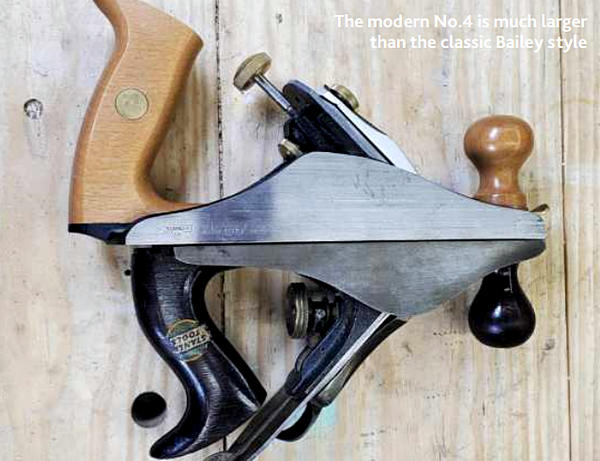 Both of Stanley’s Sweetheart planes look good out of the box. The smoother and the jack feature crisp machining, nicely-finished wood, and reassuring heft. Nothing feels cheap or lightweight. Both tools have blades made from A2 steel, which is harder and tougher than plain high-carbon steel.
Both of Stanley’s Sweetheart planes look good out of the box. The smoother and the jack feature crisp machining, nicely-finished wood, and reassuring heft. Nothing feels cheap or lightweight. Both tools have blades made from A2 steel, which is harder and tougher than plain high-carbon steel.
The No.4 is a useful tool. It often works straight out of the box and comes with the blade flattened and sharpened. The Norris-style adjuster is effective, and the adjustable mouth makes the plane adaptable to many tasks. The Sweetheart No.4 also makes a good shooting plane. The side of the body is shaped in a comfortable swoop that fits the hand without blistering and the adjustable mouth is handy for end-grain cutting. For a beginner on a budget, this could be your only plane and it would get you through several projects.
The Low-Angle Jack is an impressive tool when the price is right. The low-angle, bevel-up design means there’s no cap-iron to mess with and no frog to adjust. The Norris adjuster is shorter and more comfortably placed on this plane than the No.4 and it works well. It is a versatile tool that easily tackles flattening and straightening tasks. I most often use mine like a short jointer, especially for smaller projects. The plane is a tolerable smoother, but its long sole means you’ll struggle to get into hollows and spend more time smoothing than you would with a shorter plane. Many people buy the Low-Angle Jack to use on the shooting board, and here it excels. The plane has excellent mass, an adjustable mouth, and good ergonomics. The low-angle blade is especially good at slicing through tough end-grain cuts. Although it’s a stretch to call the Low-Angle Jack “the only plane you need”, it is capable of many tasks and offers good value.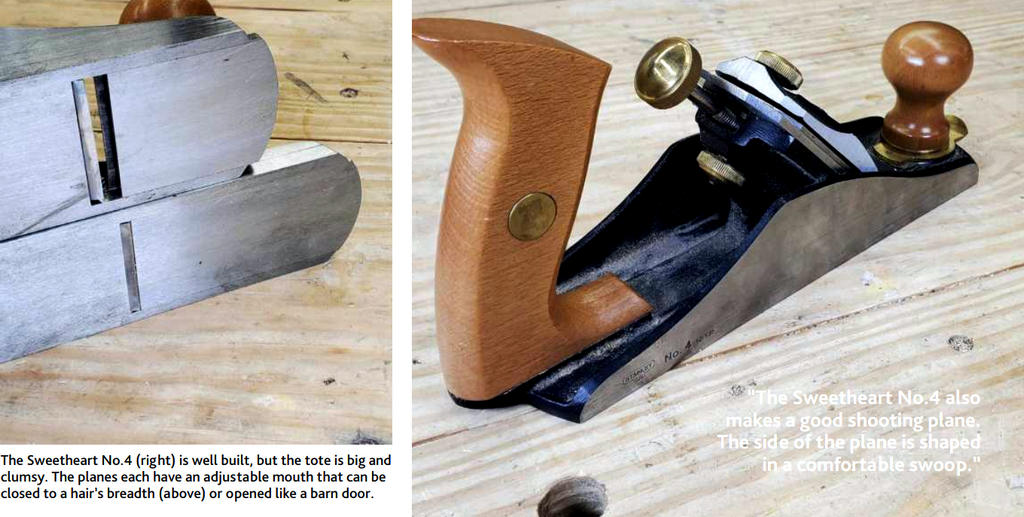
Time will tell
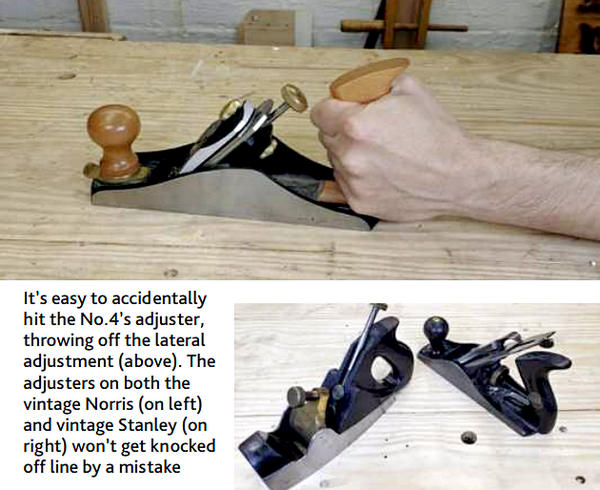 I’ve used both planes for several years and work at the bench has revealed problems with each of them. The No.4 smoother is a capable tool, but it suffers from poor ergonomics and several bad design choices. The tool is too heavy and it’s poorly balanced, with most of the weight ahead of the tote. In between strokes, you’ll find your wrist straining to hold it steady and this extra weight encourages over-gripping. The tall, upright tote is better suited to a four-finger grip than the more traditional and ergonomic pistol-grip. The No.4 has a well-engineered Norris-type adjuster that controls both depth and lateral adjustment. This adjuster is effective and reasonably free of backlash, but it sticks up quite high and your finger is likely to tap the side of the control, sending the iron out of square. Stanley combatted this problem by including a locking screw, which holds your lateral position after you set it. It’s a thoughtful touch, but it shouldn’t be necessary. The adjuster should be shorter and placed where the user is less likely to nudge it accidentally. Many other companies use a similar design, and none of the ones that I’ve tried need a locking screw.
I’ve used both planes for several years and work at the bench has revealed problems with each of them. The No.4 smoother is a capable tool, but it suffers from poor ergonomics and several bad design choices. The tool is too heavy and it’s poorly balanced, with most of the weight ahead of the tote. In between strokes, you’ll find your wrist straining to hold it steady and this extra weight encourages over-gripping. The tall, upright tote is better suited to a four-finger grip than the more traditional and ergonomic pistol-grip. The No.4 has a well-engineered Norris-type adjuster that controls both depth and lateral adjustment. This adjuster is effective and reasonably free of backlash, but it sticks up quite high and your finger is likely to tap the side of the control, sending the iron out of square. Stanley combatted this problem by including a locking screw, which holds your lateral position after you set it. It’s a thoughtful touch, but it shouldn’t be necessary. The adjuster should be shorter and placed where the user is less likely to nudge it accidentally. Many other companies use a similar design, and none of the ones that I’ve tried need a locking screw.
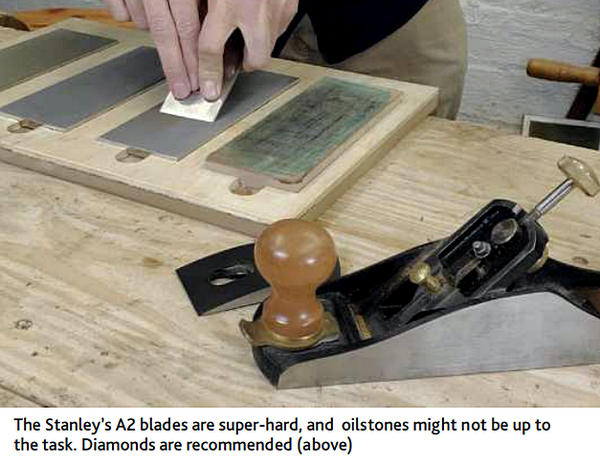 Like the Sweetheart No.4, the Low-Angle Jack suffers from excess weight and poor balance. If you’ve never used a good vintage Stanley No.5 you won’t know the difference, but the Low-Angle Jack puts a lot of strain on the wrist and one-handed operations are nearly impossible. Other jack planes (both standard and low-angle) usually position the tote closer to the centre of the tool where the considerable weight is distributed more evenly. Compared to a Bailey-pattern jack, the Sweetheart Low-Angle plane handles like a tank and you’ll find yourself driving it through the wood rather than gliding over it like you would with a lighter and more nimble plane.
Like the Sweetheart No.4, the Low-Angle Jack suffers from excess weight and poor balance. If you’ve never used a good vintage Stanley No.5 you won’t know the difference, but the Low-Angle Jack puts a lot of strain on the wrist and one-handed operations are nearly impossible. Other jack planes (both standard and low-angle) usually position the tote closer to the centre of the tool where the considerable weight is distributed more evenly. Compared to a Bailey-pattern jack, the Sweetheart Low-Angle plane handles like a tank and you’ll find yourself driving it through the wood rather than gliding over it like you would with a lighter and more nimble plane.
Overall, both tools are durable, functional, and well manufactured. They both work and they both offer solid value when the price is right… and there’s the rub.
Mind the gap
For years, Stanley has enjoyed a comfortable position in the hand tool market because very few makers offered tools that were this good and this cheap. The Sweetheart line was perfectly positioned for woodworkers too cash-strapped (or just too stingy) to spring for truly premium tools. This might all be about to change. As inflation and tangled supply lines drive up the price of imported tools, the Sweetheart models are more expensive or are simply unavailable.
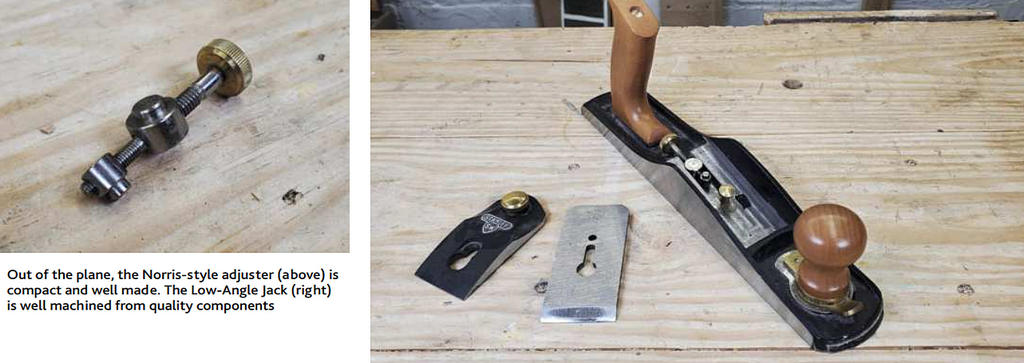 In this uncertain moment, even the frugal woodworker might well consider a pricier, premium option. The Canadian maker Veritas offers a whole line of planes in both low and standard angle. Although they are significantly more expensive, you’re unlikely to buy one and then want to upgrade it down the road. As Paul Sellers reminds us, we should seek out “life-time tools” whenever we can. For the casual woodworker, the Stanley Sweetheart planes might satisfy for years (and of the two the Low-Angle Jack is my favourite), but the dedicated craftsperson will almost certainly leave them behind and buy something better. When that happens, you haven’t saved any money.
In this uncertain moment, even the frugal woodworker might well consider a pricier, premium option. The Canadian maker Veritas offers a whole line of planes in both low and standard angle. Although they are significantly more expensive, you’re unlikely to buy one and then want to upgrade it down the road. As Paul Sellers reminds us, we should seek out “life-time tools” whenever we can. For the casual woodworker, the Stanley Sweetheart planes might satisfy for years (and of the two the Low-Angle Jack is my favourite), but the dedicated craftsperson will almost certainly leave them behind and buy something better. When that happens, you haven’t saved any money.
Rex Krueger is a writer, teacher, and furniture builder living in Cleveland, OH. His woodworking videos can be seen on YouTube. His most recent book is Everyday Woodworking: A Beginner’s Guide to Woodcraft With 12 Hand-Tools.

